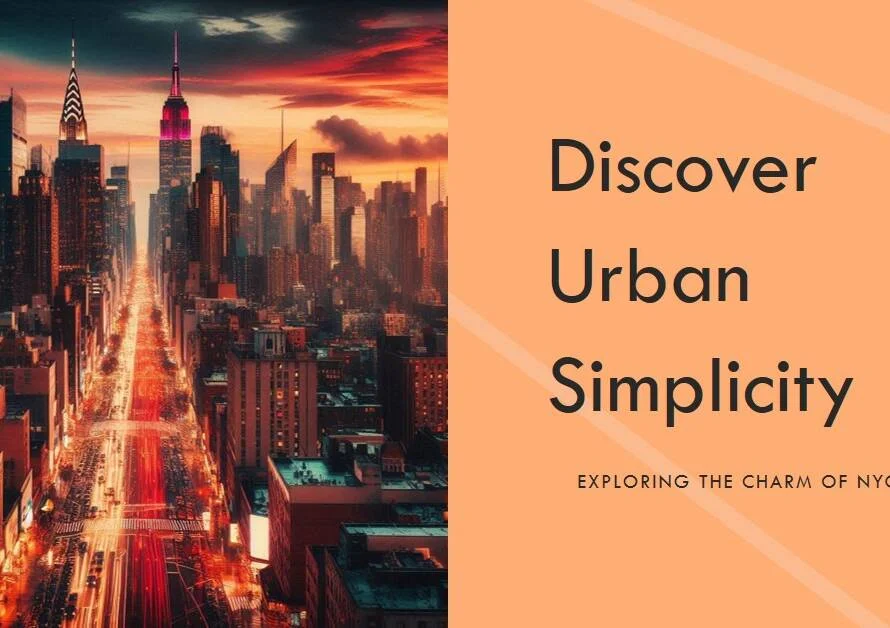
Table of Contents
- Introduction: Exterior Design
- Historical Influence: A Glimpse into the Past
- Modern Marvels: Embracing Contemporary Design
- Fusion of Styles: The Best of Both Worlds
- The Role of Climate: Designing for Resilience
- Cultural Significance: Reflecting Local Ethos
- Sustainability: Green Building Practices
- Community Engagement: Designing for People
- Technological Advancements: Shaping the Future
- Conclusion: Celebrating Diversity in Design
Introduction: Exterior Design
Kottayam, often referred to as the “Land of Letters, Lakes, and Latex,” is a district in Kerala, India, that showcases a rich blend of cultural heritage and modern advancements. Its architectural landscape is no different. When it comes to exterior design, Kottayam presents a fascinating amalgamation of traditional Kerala architecture and contemporary styles. This harmonious blend makes the city a unique case study for exterior design enthusiasts and professionals alike.
Traditional Kerala architecture is known for its elegant wooden structures, intricate carvings, and sloping tiled roofs designed to handle heavy monsoon rains. Meanwhile, modern buildings in Kottayam embrace minimalist aesthetics, innovative materials, and sustainable practices. This blend of old and new creates visually stunning exteriors that not only pay homage to the past but also look forward to the future.
Historical Influence: A Glimpse into the Past
To truly understand the essence of exterior design in Kottayam, one must delve into its historical influences. The architectural style here is deeply rooted in the region’s history, influenced by various dynasties and colonial rulers.
Traditional homes, known as “Tharavads,” are prime examples of the region’s historical architectural style. These ancestral homes feature courtyards, wooden pillars, and terracotta-tiled roofs, reflecting the local climate and cultural ethos. The use of natural materials such as wood and laterite stone not only provides aesthetic appeal but also ensures durability and comfort.
Modern Marvels: Embracing Contemporary Design
While Kottayam’s traditional architecture is revered, the city is also home to modern architectural marvels. Contemporary exterior design in Kottayam focuses on simplicity, functionality, and sustainability. Clean lines, large glass windows, and flat roofs are common features in modern buildings, offering a stark contrast to the intricate details of traditional structures.
Innovative materials like steel, concrete, and glass are used extensively in modern constructions. These materials not only enhance the visual appeal but also improve the structural integrity and energy efficiency of the buildings. Furthermore, modern designs often incorporate green building practices, such as rainwater harvesting and solar panels, aligning with global sustainability trends.
Fusion of Styles: The Best of Both Worlds
One of the most intriguing aspects of Kottayam’s exterior design is the seamless fusion of traditional and modern styles. Architects and designers often blend the timeless elegance of traditional Kerala architecture with the sleek, functional elements of contemporary design.
For instance, a modern home in Kottayam might feature a traditional sloping roof with contemporary glass walls, creating a perfect balance between old and new. This fusion not only enhances the aesthetic appeal but also ensures that the buildings are well-suited to the local climate and cultural context.
The Role of Climate: Designing for Resilience
Kottayam’s tropical climate plays a crucial role in shaping its exterior design. With heavy monsoons and high humidity levels, buildings here need to be resilient and weather-proof. Traditional designs, with their sloping roofs and wide eaves, are well-suited to handle the heavy rainfall, preventing water from seeping into the structures.
Modern designs, too, take the local climate into account. Architects often incorporate rainwater harvesting systems, shaded verandas, and ventilation techniques to ensure comfort and sustainability. The use of weather-resistant materials, such as treated wood and high-quality concrete, further enhances the durability of these structures.
Cultural Significance: Reflecting Local Ethos
Exterior design in Kottayam is not just about aesthetics; it also reflects the cultural and social values of the region. Traditional motifs, intricate carvings, and vibrant colors are often used to depict local folklore and religious beliefs. These elements add a layer of cultural significance to the buildings, making them more than just physical structures.
In contemporary designs, cultural elements are often incorporated in subtle ways. For instance, a modern office building might feature a traditional mural or a sculpture at its entrance, blending the old with the new. This integration of cultural elements ensures that the buildings remain rooted in their local context while embracing modernity.


Sustainability: Green Building Practices
Sustainability is a key consideration in exterior design today, and Kottayam is no exception. Both traditional and modern buildings here often incorporate green building practices to minimize their environmental impact. Traditional homes, with their natural materials and passive cooling techniques, are inherently sustainable.
Modern buildings, on the other hand, often feature advanced technologies such as solar panels, rainwater harvesting systems, and energy-efficient lighting. These practices not only reduce the carbon footprint but also enhance the comfort and functionality of the buildings. The use of locally sourced materials further adds to the sustainability quotient of these structures.
Community Engagement: Designing for People
In Kottayam, exterior design is often seen as a means of community engagement. Public spaces, such as parks and community centers, are designed to foster social interaction and community bonding. These spaces often feature traditional architectural elements, creating a sense of familiarity and belonging among the residents.
Private homes, too, are designed with community in mind. Features such as front porches, courtyards, and open verandas encourage social interaction and create a sense of community. This focus on people-centric design ensures that the buildings are not just functional and aesthetically pleasing but also contribute to the social fabric of the region.
Technological Advancements: Shaping the Future
Technological advancements have significantly influenced exterior design in Kottayam. From advanced construction techniques to innovative materials, technology plays a crucial role in shaping the architectural landscape of the city. Modern buildings often feature smart technologies such as automated lighting, climate control systems, and security features, enhancing their functionality and convenience.
In addition, digital tools and software have revolutionized the design process, allowing architects to create more precise and efficient designs. These tools enable designers to experiment with different styles and materials, ensuring that the final product is both aesthetically pleasing and structurally sound.
Conclusion: Celebrating Diversity in Design
Exterior design in Kottayam is a celebration of diversity, blending traditional and modern styles to create architectural marvels that are both beautiful and functional. By embracing the rich cultural heritage and incorporating contemporary elements, architects and designers in Kottayam have created a unique architectural landscape that stands as a testament to the region’s history and its progressive outlook.
As Kottayam continues to grow and evolve, its exterior design will undoubtedly play a crucial role in shaping its identity. By balancing tradition and modernity, resilience and sustainability, aesthetics and functionality, the city sets a remarkable example for architectural excellence. Whether you are an architecture enthusiast or a professional, Kottayam’s exterior design offers valuable insights and inspiration for mastering the art of architectural marvels.



